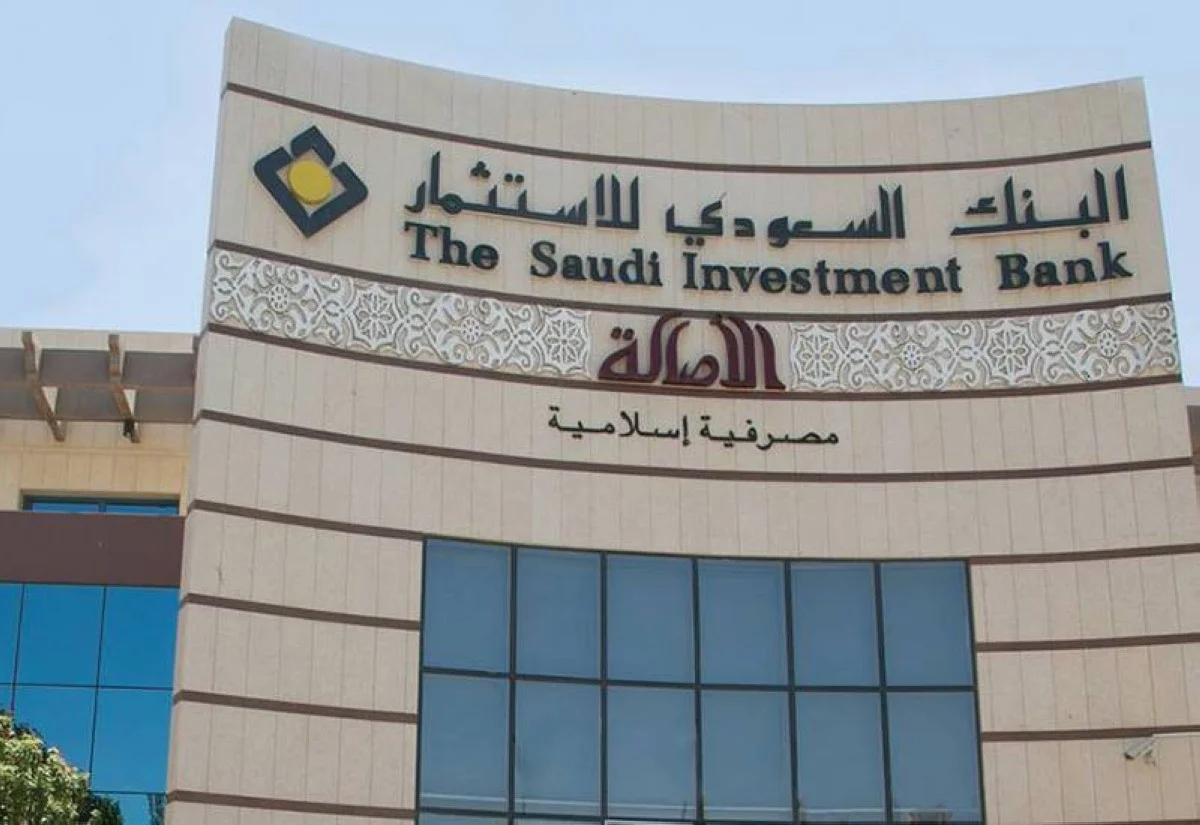Saudi’s top 10 banks post rise in Q3 profit on net interest income boost
RIYADH: The aggregate net profit of Saudi Arabia’s 10 largest banks rose by 3.8 per cent on a quarterly basis in the third quarter, on the back of higher interest income and lower impairment charges, with moderated credit growth expected in the last three months of the year.

A branch of the Saudi National Bank in Riyadh.
Cumulative net profit for the three months to the end of September climbed to 18 billion riyals ($4.8 billion), professional services consultancy Alvarez & Marsal said on Sunday.
Total net interest income grew 3.8 per cent quarter-on-quarter, while impairment charges fell 17.9 per cent, boosting the profits of the lenders during the period.
“Despite a slower uptick in deposits, operating income saw a positive trajectory, primarily fuelled by the growth in net interest income,” said Asad Ahmed, managing director and head of Middle East financial services at Alvarez & Marsal.
“While there have been challenges reflected in the deteriorating cost-to-income ratio, the broader improvement in profitability ratios signals continued positive performance.”
Net interest income rose as Gulf-based banks continued to increase interest rates in tandem with the US Federal Reserve.
Most regional central banks peg their currencies to the US dollar and follow the Fed’s moves on interest rate increases.
The Fed has aggressively increased its benchmark policy rates over the past several quarters in an attempt to bring inflation down to its 2 per cent range.
The loan-to-deposit ratio (LDR) for the top 10 Saudi lenders improved by 2.3 per cent quarter-on-quarter since loans and advances grew to 98.4 per cent, representing the highest level seen in the last four years, the consultancy said.
Loans and advances increased at a faster pace of 2.9 per cent on a quarterly basis than deposits growth at 0.5 per cent.
“We anticipate moderate credit growth in the fourth quarter of 2023, as ... banks are increasingly turning to medium-term borrowing to address the liquidity constraints resulting from high LDR and this is likely to affect NIM (net interest margin),” Ahmed said.
“However, the diversification of the non-oil sector such as trade, hospitality, and tourism, coupled with ongoing government spending, positions the kingdom well for a positive economic counterbalance.”
Saudi Arabia is focusing on boosting non-oil growth as it aims to diversify its economy, developing new projects in tourism and real estate.
These include the $500 billion Neom mega project along the Red Sea coast as well as Qiddiya entertainment city and the Diriyah Gate heritage development.
Saudi Arabia’s non-oil economy grew at its fastest pace in four months in October, with business activity continuing to grow in the fourth quarter on higher client orders and improving economic conditions.
The headline Riyad Bank purchasing managers’ index reading climbed to 58.4 in October, up from 57.2 in September, the highest level since June.
Alvarez & Marsal’s survey covered the kingdom’s 10 largest listed banks: Saudi National Bank, Al Rajhi Bank, Riyad Bank, Saudi British Bank, Banque Saudi Fransi, Arab National Bank, Alinma Bank, Bank Albilad, Saudi Investment Bank and Bank Aljazira.











